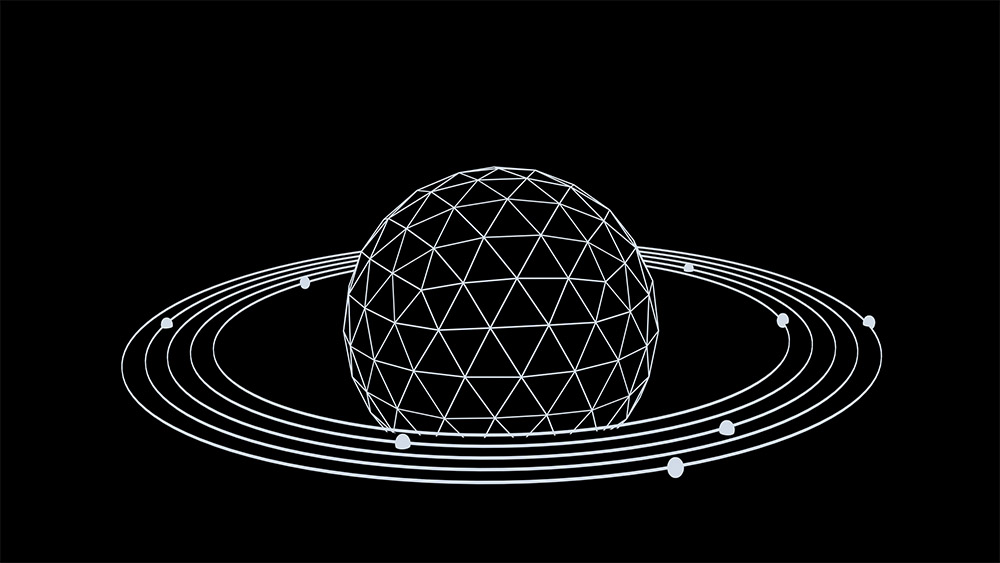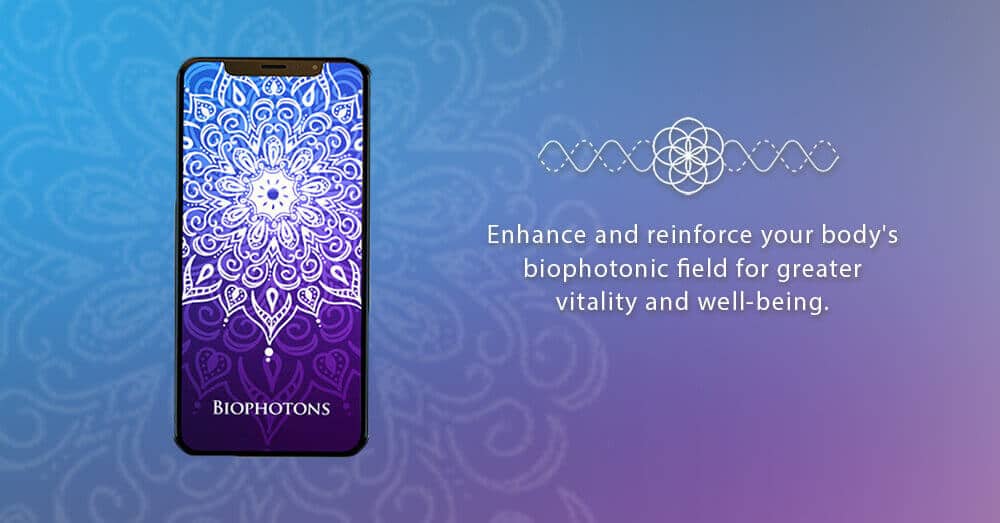
The Light Body: Biophotons & Biology
“We are still on the threshold of fully understanding the complex relationship between light and life, but we can now say emphatically, that the function of our entire metabolism is dependent on light.”
- Dr. Fritz Albert Popp
How much does light influence our body’s health? There seems to always be more to discover about this strange, luminous force that allows our eyes to be able to see our environment. The role of proper light in plant health is obvious. Most plants only require light, water, and soil to grow. For humans, sunlight in the right ratios proved to be critical for the formation of the vital nutrient, vitamin D, as well as a regulator for our mood and circadian rhythm. These wellness factors are measurable indicators of processes that occur within us on a deeper level.
While the important role of external light on our bodies is widely known, did you know we have a literal inner light that guides our health as well? In fact, studies about the light body are fascinating. Dr. Herbert Frohlich, a German scientist who is renowned for his contributions to physics in the early half of the twentieth-century, used his knowledge to further investigate the relationship between light and the body. His findings became the foundations of our understanding of the electromagnetic nature of our biology.
While contemporary science tends to focus on the chemical transactions between cells, Frolich found that there is an underlying communication occurring that is more subtle than chemistry, and even more subtle than electromagnetism. Our cells produce biomolecules, and these molecules have been found to both emit and receive electromagnetic and vibrational energies through quantized packets of light called biophotons in humans.

Fritz Albert Popp, who is credited with the rediscovery and first thorough analysis of biophotons, notes that in addition to communication, biophotons assist in cell differentiation. Which is to say, these packets of light are what tells our cells to become for example a blood cell rather than a skin cell. His findings conclude that understanding biophotons could help us to better understand the diagnosis and treatment of bacterial infections, as well as determining the quality and freshness of food.
Frolich applied what he understood about physics to biophotons in humans. When a regular molecule or atom goes through a change in its quantum state, it creates a photon. These photons are waves that have a specific amount of electromagnetic energy. When the waves reach the electric charge surrounding a molecule, a vibratory transfer of energy occurs.
If the incoming wave is a resonant match, the energy of the molecule rises and which may potentially cause it to change its shape. This can trigger the chemical reactions we typically associate with cell communication in biology. Certain frequencies only react with certain molecules. These microscopic processes have been seen to be very specific!
Even though they seem tiny from our perspective, cells are big spaces for molecules. Sometimes there are not enough types of molecules present for desired reactions to occur. Frolich found that by applying resonant frequency, a single molecule could become “charged” and begin to attract to it other molecules of the same kind. This method can serve to balance out any molecular deficiencies within a cell.
Additionally, biophotons have been seen to play a role in structuring proteins such as enzymes and amino acids within the body. Enzymes play a critical role in our body’s ability to function, and must not only be shaped correctly, but must be in the right place at the right time. Biophotons provide the template for building these big proteins, as well as serving as the “on and off switch” that tells them when and where to go.

Further, our DNA has also been seen to transmit and receive biophotons, perhaps giving DNA control over other chemical processes within the cell. The DNA in the nucleus of the cell communicates with a molecule called chromatin which is specifically designed to send and receive photons. Together, they produce the “holomorphic field” that serves as the guiding blueprint for our physiology. This informational field of subtle light is built on the ongoing transfer of biophotons popping out of the quantum realm, and continuously streamed between each one of our body’s cells.
If photons are generated by atoms and molecules changing their quantum state, what is guiding them to do so? As we dive deeper into the sub-atomic realm, we enter into the still largely unexplored territory of informationally rich subtle energetic fields that have yet to be fully understood.
Sources:
https://pubmed.ncbi.nlm.nih.gov/15244259/
http://theor.jinr.ru/~kuzemsky/hfrobio.html
“Life Force, The Scientific Basis” Claude Swanson, PhD






